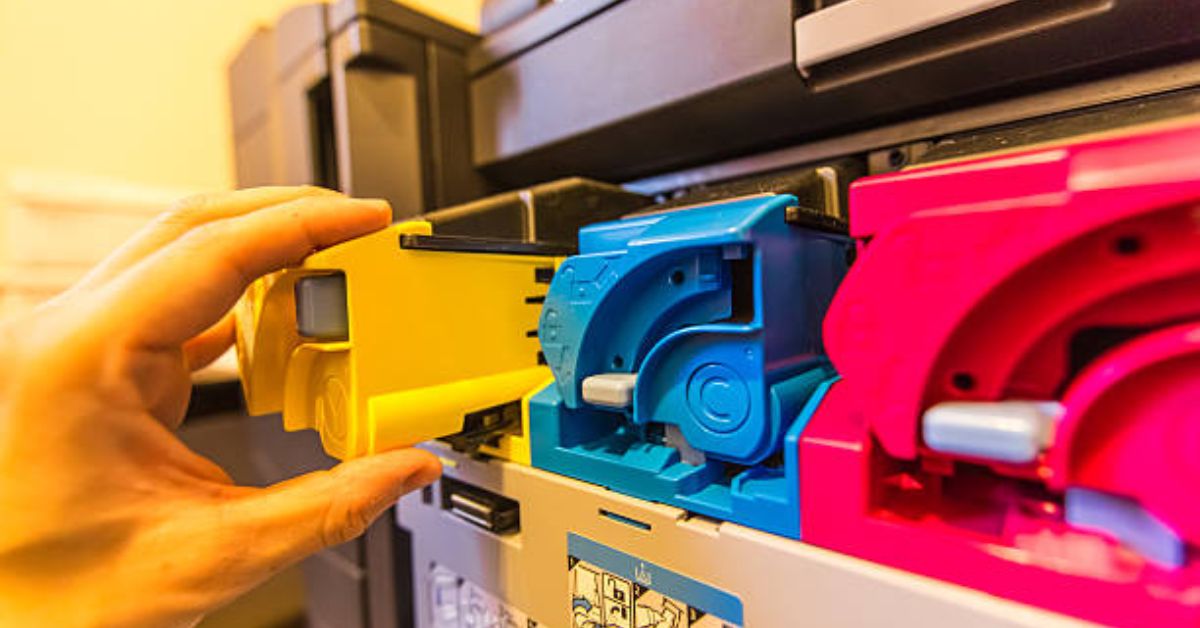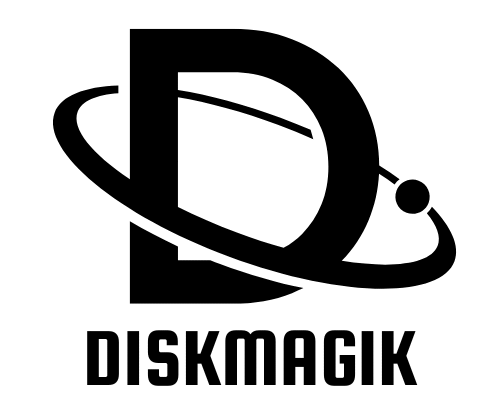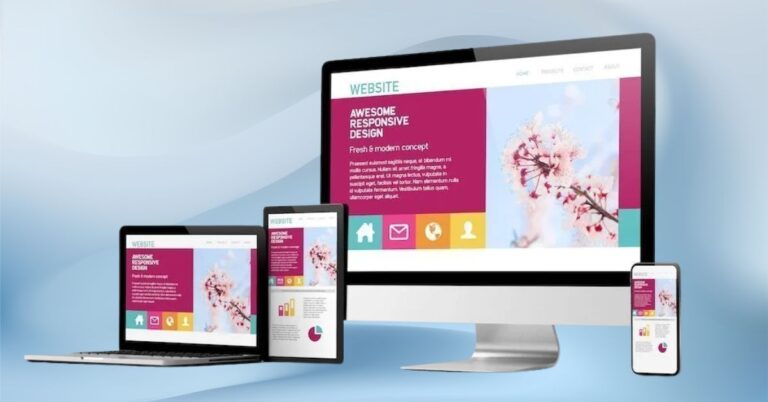Brother Printer Drum Technology Overview for Office Managers

In any modern business setting, fast and reliable output is essential for any day-to-day activities. For the office managers, ensuring that business printers are running smoothly within a reasonable budget adds to their already long list of responsibilities. Perhaps one of the most overlooked and yet vital parts of a laser printer system is the printer drum, which is crucial to the quality of printing and overall maintenance.
This document serves B2B professionals and office managers in understanding the basic functions and maintenance strategies related to Brother printer drum systems and their interactions with cartridge toner units for seamless operations within business environments.
What Is a Printer Drum and Why Does It Matter?
A printer drum is also called a photoconductor or imaging drum. It is responsible for transferring toner to paper during the printing process. In laser printers, the drum gets an electrostatic image from a laser beam and attracts toner to the charged areas. As the paper moves through the printer, the drum applies toner to the paper, which is then heated and rolled to fuse it with toner, producing the final text or image.
For many printer makes and models, the design allows the drum to be a separate unit from the cartridge toner. This enables businesses to purchase replacements independently. This design allows for greater flexibility and cost efficiency. In contrast to inkjet printers that spray ink directly onto paper, laser printers use this toner-drum system to achieve high-volume and high-resolution output preferred in many workplaces.
Office managers need to view the drum as a critical consumable alongside toner as a spent drum will adversely impact print quality, increase toner use, and risk hardware damage.
How The Toner and Drum Of The Printer Work Together
The printer’s toner cartridge and drum are two different components, but their operations are connected. The toner is a fine powder of pigment and plastic particles which is packed in a separate cartridge. During a print job, the drum gets a negative charge in the shape of the image. The toner is also charged positively and sticks to the negatively charged parts of the drum. Later, both are transferred onto the paper.
As both the toner and drum are parts of the same system, it is very important that their design and capacity balance each other. Issues like toner spillage, blurred prints, and even deterioration of the drum could happen. For businesses that have multiple printers across different departments, these technical issues can be a major workflow disruption.
One final thing to mention is that in order to use the brother printer drums efficiently and to prevent expensive service calls and hardware work, they must be paired with brother toner cartridges.
Indicators That Your Printer Drum Needs Changing
Similar to other parts, the printer drum has a lifecycle of between 10,000 to 30,000 pages, with the usage patterns and environmental factors determining where it falls in that spectrum. Office managers must keep an eye out for the following early warning signs.
- Streaks or lines on printed documents: Usually indicates some kind of damage to the drum’s surface.
- Faded or blotchy output: Suggests toner is not transferring evenly.
- Ghosting or repeated images: This happens when excess toner on the drum is not fully cleaned off.
- Toner not adhering to the paper: Usually due to a problem with the charge.
- Frequent error messages or alerts: Many printers notify users when drum life is low, leading to errors.
To maximize the consistency of output, monitor and replace based on page count. In high-usage printing environments, having a few spare printer drums will prevent downtime.
Cost Control Measures: Drum vs Toner Replacement
From a budgeting standpoint, cartridge toner has a higher frequency of replacement than the drum. However, as a unit, toner drums tend to have a higher expense per item. Finding a balance between quality, longevity, and cost efficiency becomes critical for office managers.
Important cost considerations include:
- Total cost per page: This encompasses toner and drum usage.
- Compatibility with high-yield toner cartridges: High yield toners greatly reduce the frequency of changes, thus improving the effective lifespan of the drum.
- Multi-function device usage: Shared printers that scan and copy in addition to printing may contribute further damage to the drum.
- Vendor selection: Reliable suppliers of both drums and toners minimize issues arising from incompatibility or sub-grade toners and counterfeit consumables.
Some procurement departments choose to go with remanufactured or 3rd party products which pose a significant risk of warranty and damaging the equipment if printer manufacturer standards are not thoroughly checked.
Office Environment Maintenance Best Practices
In B2B settings, the efficiency printer maintenance requires goes beyond changing consumables. Office managers can preserve the toner cartridges and drums by following these best practices:
- Regular cleaning: Periodic maintenance is essential as dust and paper debris accumulate within printers over time.
- Proper storage: Avoid exposing drums to UV light by sealing them in lightproof containers.
- Routine calibration: Certain printers offer calibration settings that allow adjustment of drum alignment for peak performance.
- Environmental management: Too much or too little humidity can impact toner flow and drum efficiency.
- Staff Training: Employees should be educated not to touch the drum surface as it is sensitive and to identify print quality issues in a timely manner.
Through careful monitoring of equipment maintenance and routine checks, managers can minimize downtime, reduce operational expenses, and enhance the efficiency of office supplies.
Sustainable Printing and the Role of the Drum
Modern businesses are becoming more prudent about their environmental impacts. Printer drums are made out of plastics, metals, and other sensitive chemicals that require responsible disposal. Here are sustainable practices office managers can adopt:
- Remanufactured or recycled drum units: Purchase from reliable and trusted sources.
- Recycling Programs: Vendors offer take-back services for used drums and toner cartridges.
- Minimize print volume: Shift to digital workflows to reduce unnecessary printing.
- Analyze departmental usage: Tracking consumption helps identify gaps and promotes sustainability within an organization.
Adopting green printing policies can help businesses achieve their ESG (Environmental, Social, and Governance) targets, while improving evaluations during supplier assessments or client audits.
Conclusion
For any B2B office manager dealing with the smooth operation of a printer within an office, understanding the brother printer drum system their respective organization uses is important, as is its mechanical configuration and maintenance. The drum, when paired with a high-quality cartridge toner, ensures quality printouts which every business needs.
After monitoring proactively, choosing the right vendors, and focusing on sustainability, office equipment problems, unproductive downtimes, and costs can be controlled or managed effectively.
This guide brings clarity to the interdependence of drum and toner technology for office managers enabling them to be more informed and make cost-efficient choices in 2025 and onwards.
Also Read: Vhsgjqm: Meaning, Significance, and Its Emerging Role in Modern Culture






